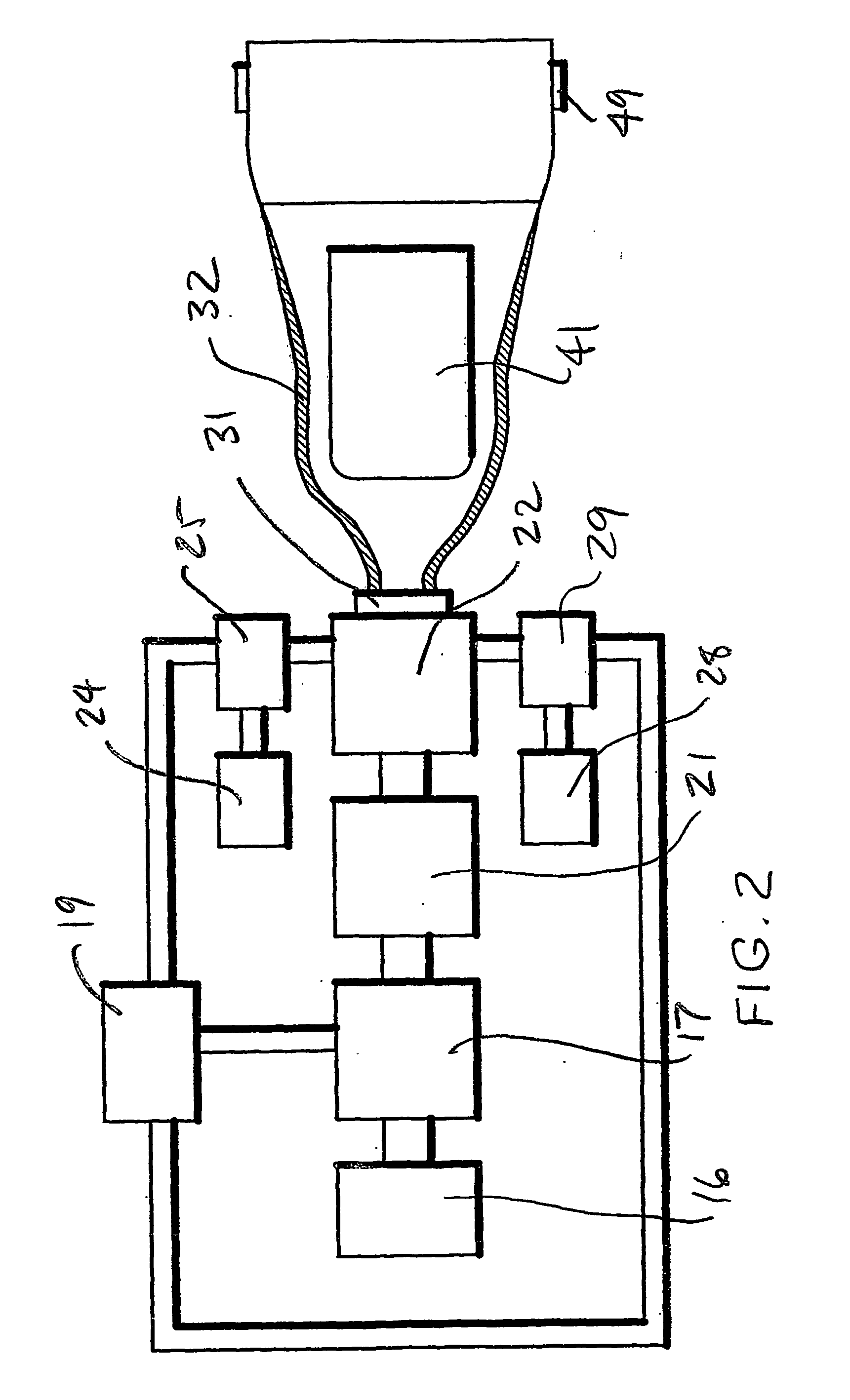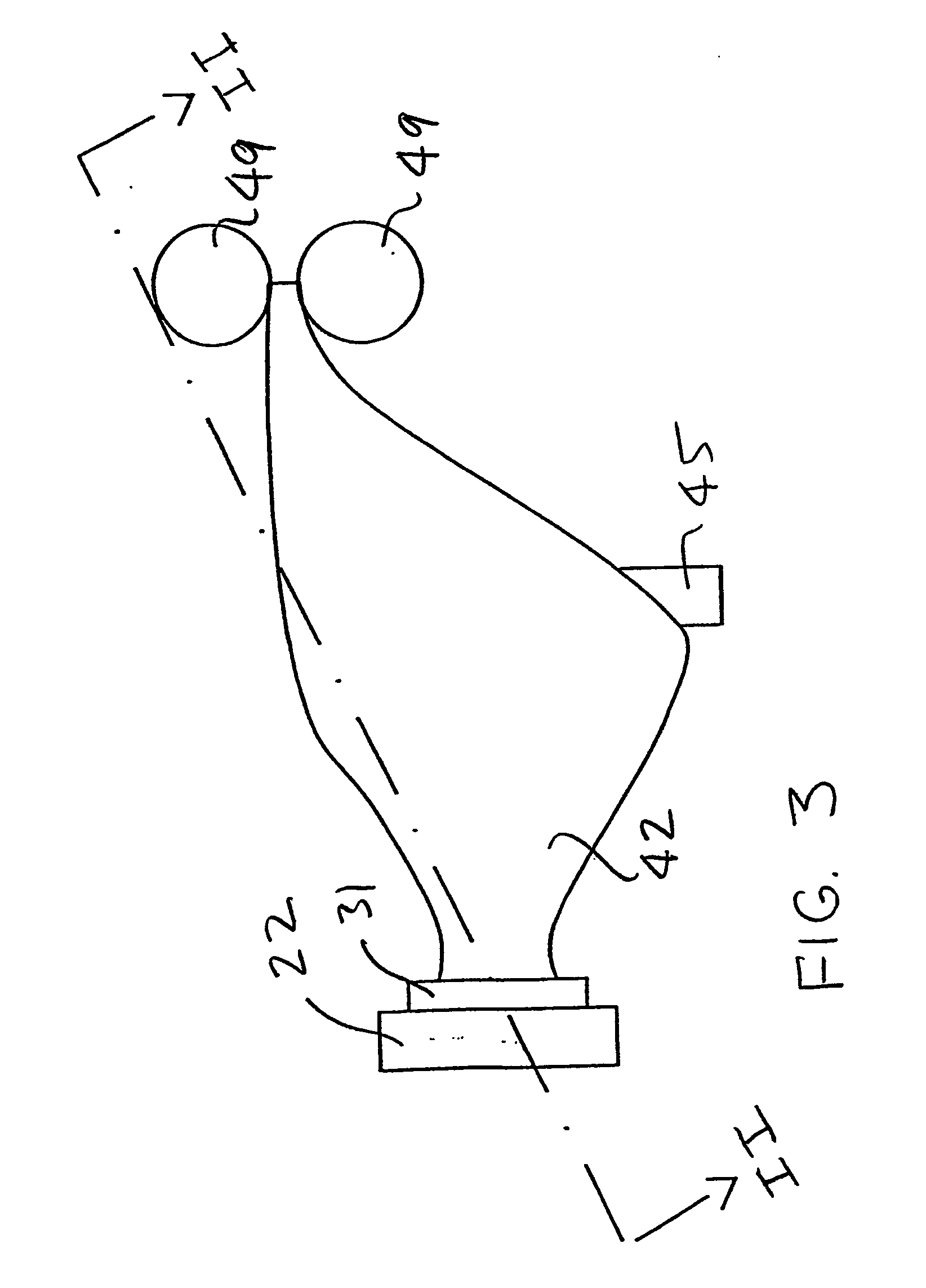Polypropylene foam and foam core structure
a polypropylene foam and core structure technology, applied in the field of polypropylene foam and foam core structure, can solve the problems of difficult to difficult to actually manufacture foams from polypropylene, and inconsistent cell formation of foams, so as to reduce the diffusion rate of physical blowing gases and reduce the diffusion
- Summary
- Abstract
- Description
- Claims
- Application Information
AI Technical Summary
Benefits of technology
Problems solved by technology
Method used
Image
Examples
Embodiment Construction
[0096] The principles of the invention can be best understood by reference to the drawing. FIG. 1. is a front elevation of a skin-core-skin (ABA) laminate embodying the principles of the present invention. The laminate, generally designated by the numeral 10, is formed of a foamed core 11, and at least one 12 one side of the core 11. This is referred to as an AB construction. In the preferred embodiment, the laminate would also have a second skin 13 coating the opposite side of the core from the first skin 12.
[0097]FIG. 2 is a plan view of a production line for co-extruding a cylinder, expanding the cylinder, slitting the cylinder, flattening the resulting product and drawing the product through rollers, with the cylinder being shown as a sectional view along line II-II of FIG. 3, all embodying the principles of the present invention. The core polymer 15 is fed from a core polymer reservoir 16 to a mixer 17 where it is combined, under high-pressure, with physical blowing gas 18 fro...
PUM
| Property | Measurement | Unit |
|---|---|---|
| Melt Flow rate | aaaaa | aaaaa |
| melt flow rate | aaaaa | aaaaa |
| foamable | aaaaa | aaaaa |
Abstract
Description
Claims
Application Information
 Login to View More
Login to View More - R&D
- Intellectual Property
- Life Sciences
- Materials
- Tech Scout
- Unparalleled Data Quality
- Higher Quality Content
- 60% Fewer Hallucinations
Browse by: Latest US Patents, China's latest patents, Technical Efficacy Thesaurus, Application Domain, Technology Topic, Popular Technical Reports.
© 2025 PatSnap. All rights reserved.Legal|Privacy policy|Modern Slavery Act Transparency Statement|Sitemap|About US| Contact US: help@patsnap.com



